Ferrari lays out its 5 year roadmap
Ferrari has confirmed that their first-ever high-riding vehicle is in the works. Set to arrive in 2022, this upcoming crossover has been christened the Purosangue. But that’s not all – there’s a lot more coming from the Prancing Horse in the next five years.
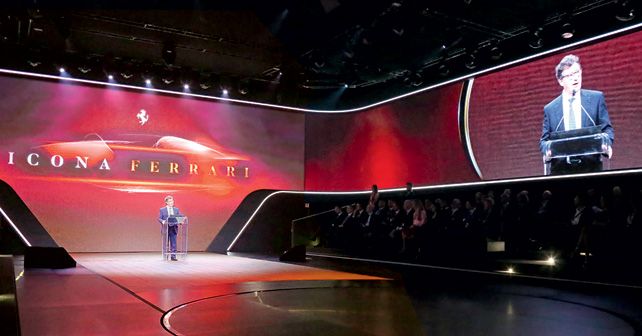
Ferrari has confirmed that their first-ever high-riding vehicle is in the works. Set to arrive in 2022, this upcoming crossover has been christened the Purosangue. But that’s not all – there’s a lot more coming from the Prancing Horse in the next five years.
There are times when you find yourself in a state in which, to quote Joy Division, ‘routine bites hard.’ And then, all of a sudden, you’re catapulted into those moments of change that seem to distort and complicate everything, and from which you can never come back as before. But not Ferrari! At least not since the time of the 360 Modena – a watershed moment in the history of the brand. You see, at Ferrari, they know the meaning of routine, for they have been working tirelessly for the past twenty years for the future. However, even in Maranello, the last few months have been a little more unstable and intense than usual.
In fact, it could be argued with reasonable certainty that the death of Sergio Marchionne left a big hole within Ferrari’s management. However, Marchionne seemed to have laid the future plan for the brand well before his unforeseen demise, for the plan for the period 2019 - 2022 seems to come from the conviction and intentions of Marchionne himself – it’s almost impossible to not see the reflection of his idea of increasing production volume in the current plan of introducing new models in four different production ranges – ‘Icona’, a range for one-off production cars, Super Sport (488 and 812), Gran Turismo (Portofino) and a Special series (488 Pista).
The future is red
Though not officially confirmed, Ferrari’s offerings in 2022 will appear something like this. At the base of the GT range, there will be the heir to the Portofino – a formula on which a coupé-roadster is still a premature bet. A step above it would be an interesting new model – possibly the replacement of the GTC4 Lusso, which will be inspired by the big coupés of the 60s and 70s, and this possibly will continue the tradition of Ferrari’s naturally aspirated V12 engine. The main attraction, however, will be the Purosangue. Now, Ferrari doesn’t want it to be branded as an SUV, since it promises to inaugurate a completely different category of its own in terms of performance, driving dynamics and aesthetics. But, then, someone willing to purchase it will invariably also consider a vehicle like the Lamborghini Urus, which is a valid alternative to it in all respects.
If the anticipation and expectations of the last few months are realised, the four-seater crossover / SUV by Ferrari will only be offered with a bi-turbo V8 hybrid plug in engine. There’s also news that, in addition to the 488’s replacement, another super car with a mid-engine layout will join the range around 2022. It could even get a V12 engine. And, if that happens, it would be the first since the days of the F512 M.
But a lot will depend on the fate of the 488. If it remains limited to a hybrid V6 turbo, then its elder sister could simply be content with a V8. In any case, the second proposal, featuring a mid-mounted engine won’t threaten the existence of front-engined V12 models like the 812 and GTC4 Lusso – after all they’re well rooted in the history of Ferrari.
Overall, it seems like a smooth plan, except for the launch of Ferrari’s next hypercar – as there’s still no word on it. Between 2019 and 2022, the company will launch at least one model under the one-off Icona series per year, one model under the Special series per year, four GTs (including the Portofino and Purosangue), and three under Super Sports between 2019 and 2022 – a total of fifteen new launches.
The question is – is it possible to introduce so many models in such a small duration and still prevent the possible dilution of the brand value of Ferrari? The answer came from Enrico Galliera, Sales & Marketing Director, Ferrari. ‘By 2022, there will be 18 million rich people in the world. And this year, we’re only producing 9,000 cars. A mere 0.05% of that market. Even if we double our sales volumes by the end of the plan, we’ll still be far below the ‘alert’ threshold.’ It’s a clear sign, and a good one, that Ferrari wants more customers but doesn’t intend to make any compromises regarding the brand’s exclusivity.
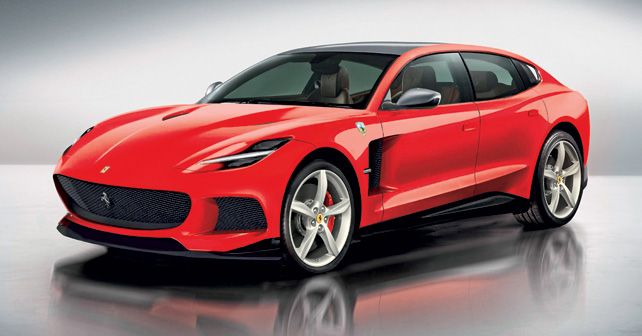
Here’s our interpretation of the Purosangue. In our rendering, it’s certain that the SUV – or better to call it a crossover – will be built on a front-engine platform and will, of course, have raised suspension and a cabin that can seat four passengers.
ALL-WHEEL DRIVE
The new platform that incorporates a front-engine layout will also have the provision for all-wheel drive, meaning it’ll be big on versatility and could spawn a number of variants.
SUSPENSION
Expected to be innovative and versatile, the Purosangue will come with multiple driving modes to tackle different terrain.
HEAD-UP
Hands on the steering wheel, eyes on the road and huge screens for back seat passengers.
ENGINES
The architecture will have a front-engine layout, and it’ll be possible to install powertrains of different sizes – from the upcoming V6 to the classic V12. Additionally, a hybrid along with a battery pack will also be offered.
ACCESSIBILITY
Ferrari hasn’t revealed anything on that front, but the Purosangue will have innovative solutions in terms of accessibility.
TRANSMISSION
Ferrari will continue to work on double-clutch automatic transmissions, and the one that will be featured in the Purosangue will be the next-gen gearbox from the same family.
HYBRID
There’ll be two different solutions – a mild hybrid, similar to the solution adopted by the MGU-K in F1 for the super sport-cars, and the other one will have rechargeable batteries and an exclusive electric drive mode for the GT range.
WHEELBASE
In the case of the front-engine architecture, the dimensions will be completely different for the Portofino and Purosangue. The wheelbase and cabin space will also differ.
FINANCIAL TARGETS
Aiming at super shares and profitability
Maximum research for profitability, increase of dividends and buy-back – the three primary objectives of Ferrari’s industrial plan in terms of finance. Interestingly, all of them are focused on value creation for shareholders. And, for this very reason, they’ve been welcomed by the stock exchange, which rewarded the company’s stock with a 4% growth in the capital market the day it happened, the 18th of September. Ferrari is going to increase its revenue until it reaches the 5 billion Euros mark by the end of 2022, compared to 3.4 billion Euros last year.
EBIDTA (Earnings before interest, taxes, depreciation and amortization) in 2017 stood at 1.1 billion Euros and is expected to rise to 1.8 – 2.2 billion Euros within the next four years. This means that by the end of the plan, Ferrari could hit a 40% operating profit, which will be in line with the levels already reached by the luxury giant, Hermès – a real reference competitor in the late Sergio Marchionne’s opinion. For operative income, on the other hand, the new CEO Louis Camilleri has set a target of more than 1.2 billion Euros by the completion of the plan – in 2017, it was 780 million Euros. ‘It’s an ambitious project that anyway relies on a realistic and feasible platform,’ declared the new company head, highlighting how revenues matter more than sales volumes.
Now, with the launch of 15 new models in the next five years, 83% of total investments will flow into the research and development of these products, meaning a total cash inflow of approximately 3.6 billion Euros. Ferrari further claims that the profit margin for shareholders will increase from the current 25% to 30% between 2018 and 2022, and this cash will also allow them to purchase their own shares (buy-back) for a total of 1.5 billion Euros.
According to the analysts of Equita, positive elements of the plan include the emergence of the new Icona range, which have very high margins, the fact that the budget should incorporate only the launch cost of the Purosangue rather than the revenues the SUV will generate, the potential of activities not related to cars, the estimate of a 60% hybrid production by 2022, which reduces the risk of fines for CO2 emissions and, finally, a buy-back of 1.5 billion Euros that’s not included in the financial charges. Equita has confirmed that the share purchase decision has been set to 132 Euros as a target price – something already done by brokers like Banca IMI, Citi and Jefferies.
Filippo Buraschi
ROBUST GROWTH
Over the period between 2018 and 2022, the relevant financial indicators will grow in a progressive and constant manner. In terms of profitability, it’s expected that there’ll be annual growth rate of approximately 9%.
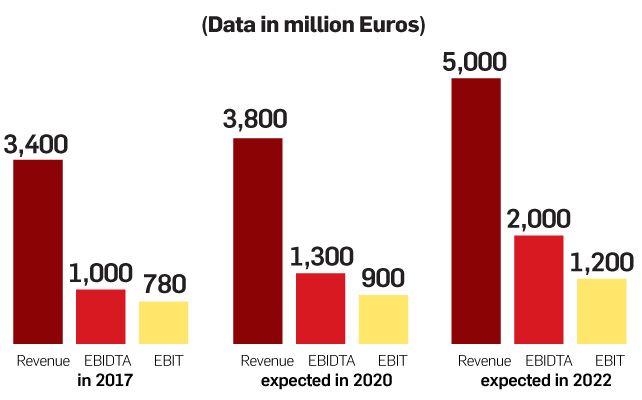
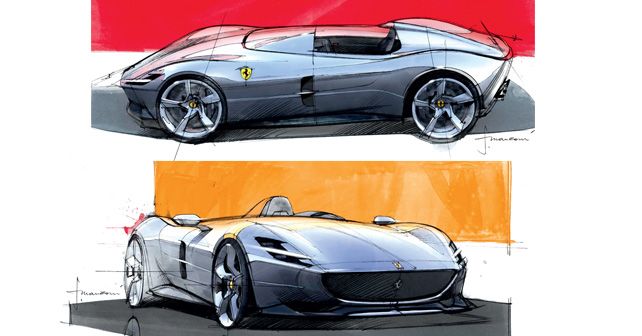
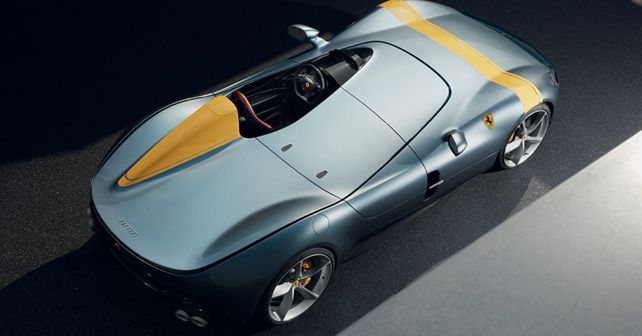
In these two sketches from Manzoni, the design elements that particularly stand out are the tonneau and the sleek LED tail-light. The detail and finish of the nose is exemplary to say the least.
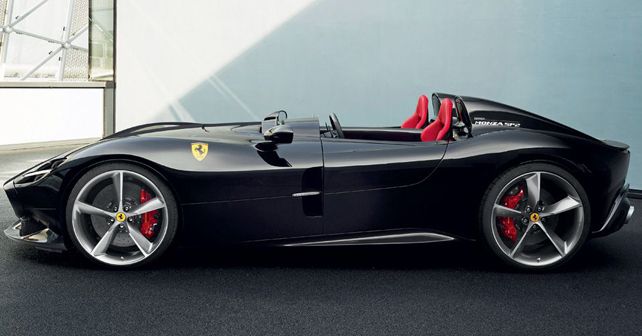
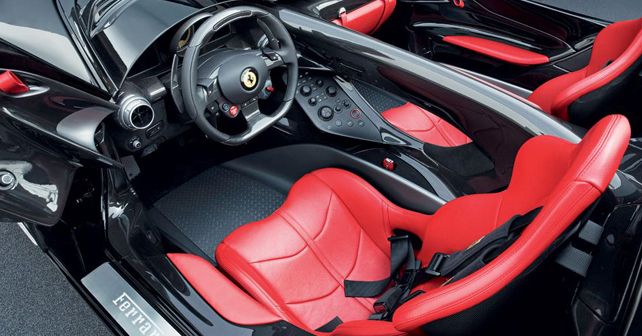
The Monza will inaugurate Ferrari’s Icona series. Built on the platform of the 812 Superfast, it generates over 800 horses and can clock 0 to 100km/h in 2.9 seconds. It’s designed by the Ferrari design centre, led by Flavio Manzoni. It’s a classy reference to the two-seater racing model from the 50’s.
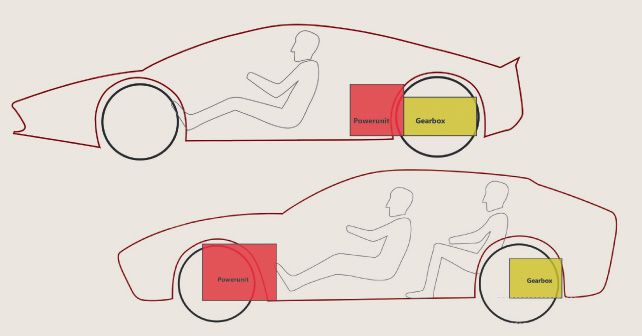
TWO PLATFORMS & THREE ENGINES
V6 AND PLUG-IN ON ARRIVAL
It won’t be an exaggeration to say that the ultimate dream of every car enthusiast is to sit, at least once in their life, behind the steering wheel of a Ferrari. And this desire only becomes stronger with time. This quite effectively shows the value of Ferrari as a brand. This means that new challenges await Michael Leiters, Chief Technical Officer at Ferrari, as he and his team will have to ensure that aspirational value of the brand is not diluted by this new plan.
Between 2019 and 2022, Ferrari will see the return of the V6 engine, which had disappeared from their road-going cars after the demise of the Dino 246 GT in 1974. The power unit, turbo and hybrid, won’t be used on a specific model, but it will find room in the replacements of the Portofino and 488. Then, there will be the development of new platforms – two quite innovative architectures (see the drawings below). One featuring a front-engine with gearbox in a transaxle position – the platform will be all-wheel drive ready as well. The second architecture will have a mid-mounted engine. Both of them will be ready for electrification, most probably in two formats – mild hybrid and plug-in. They will constitute the backbone of all the upcoming Ferrari cars – from the Purosangue to other supercars. And what about self-driving modes in these cars? There’s still no clear answer to that. According to Leiters, It will happen only if we manage to do it in the typical Ferrari style.

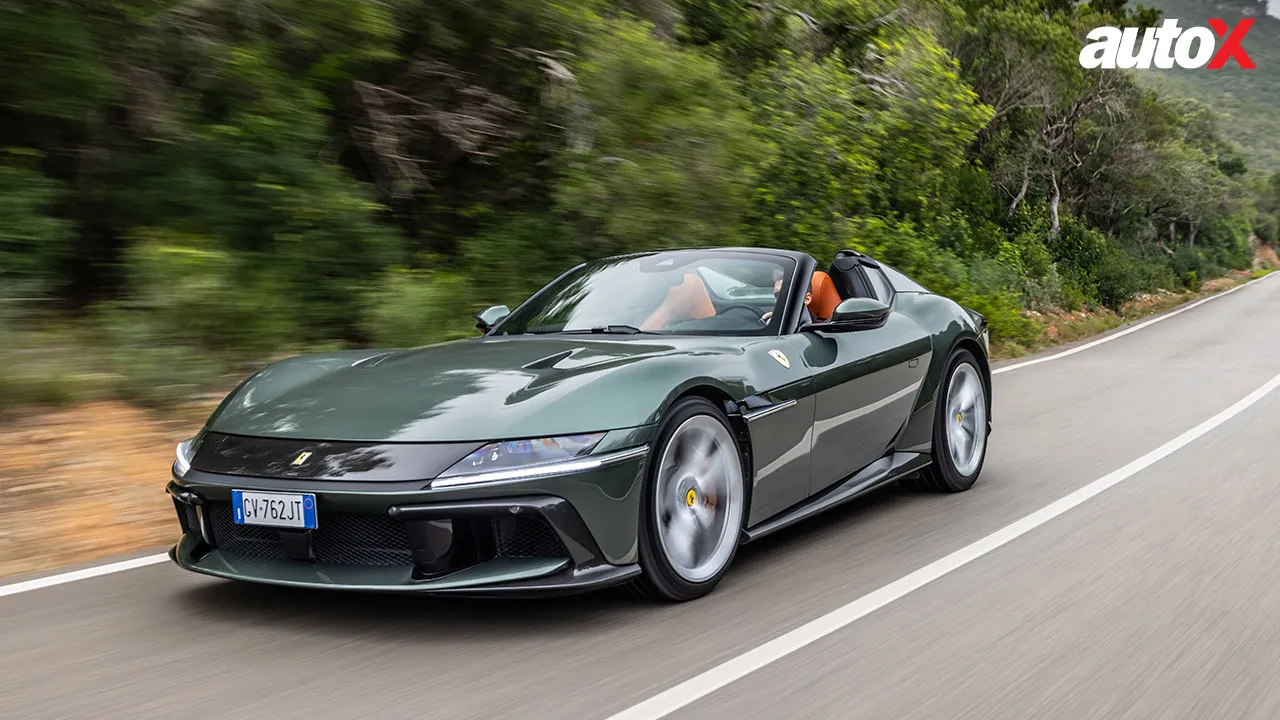
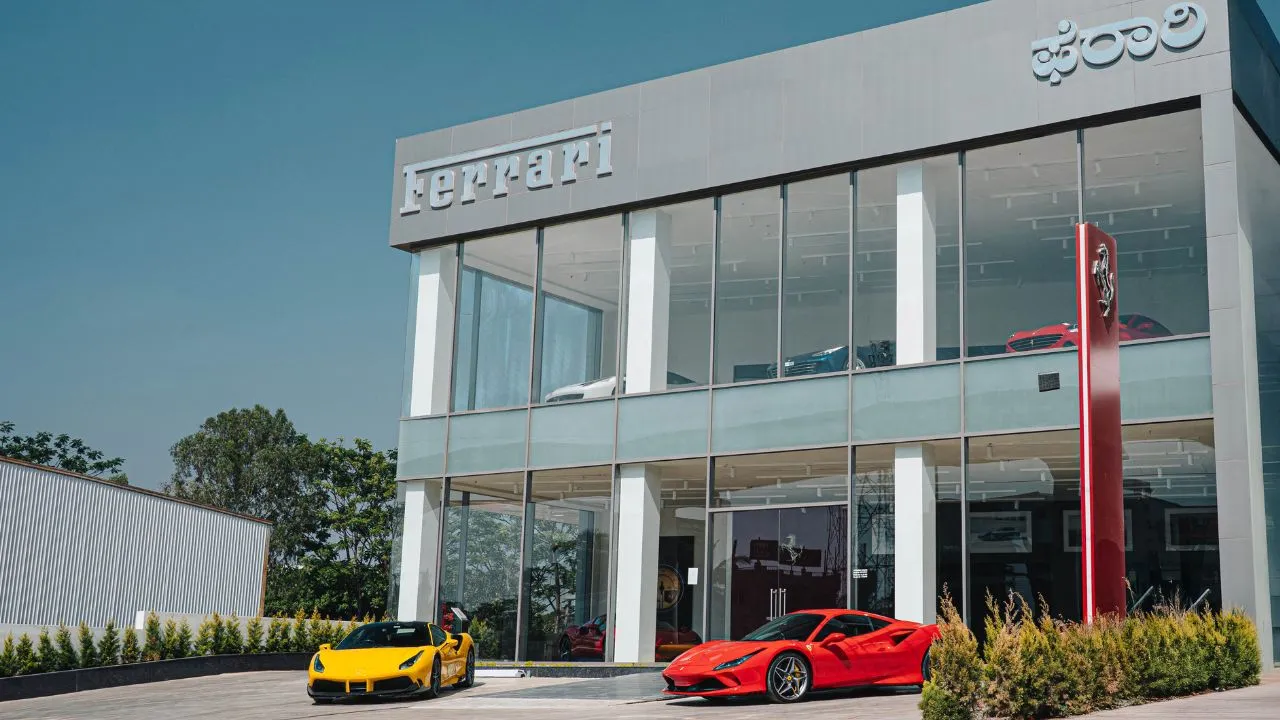
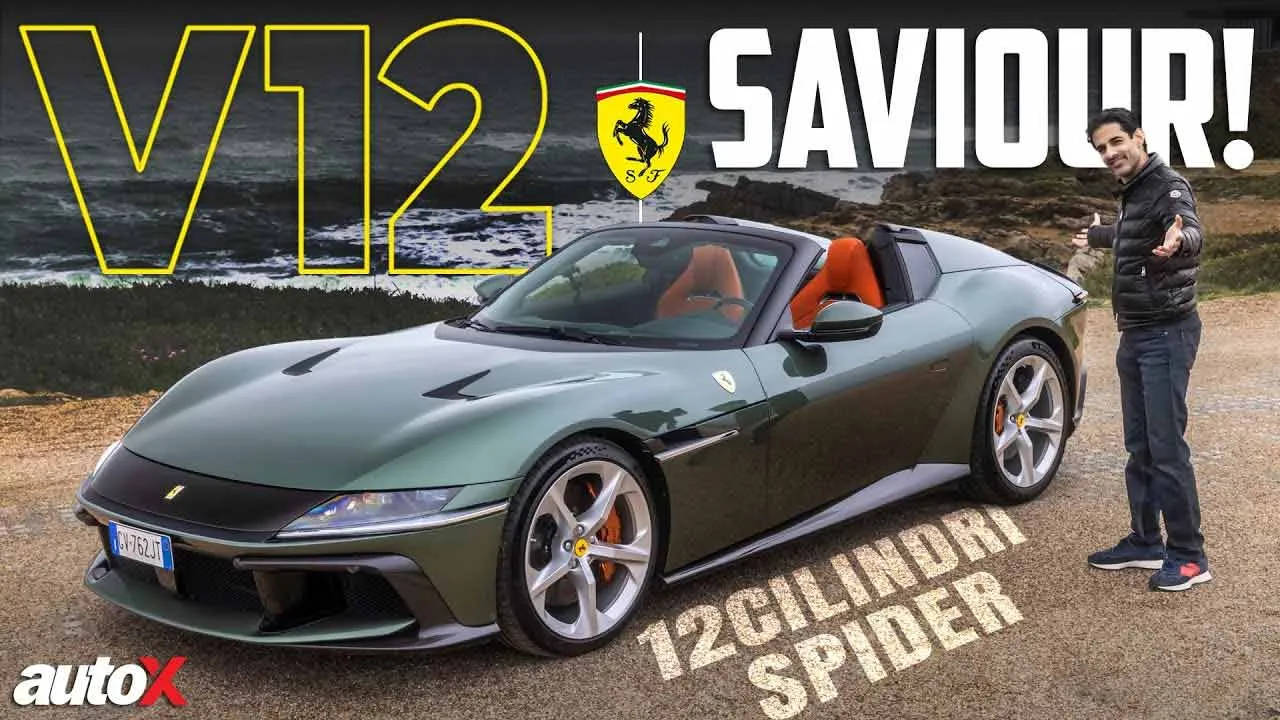

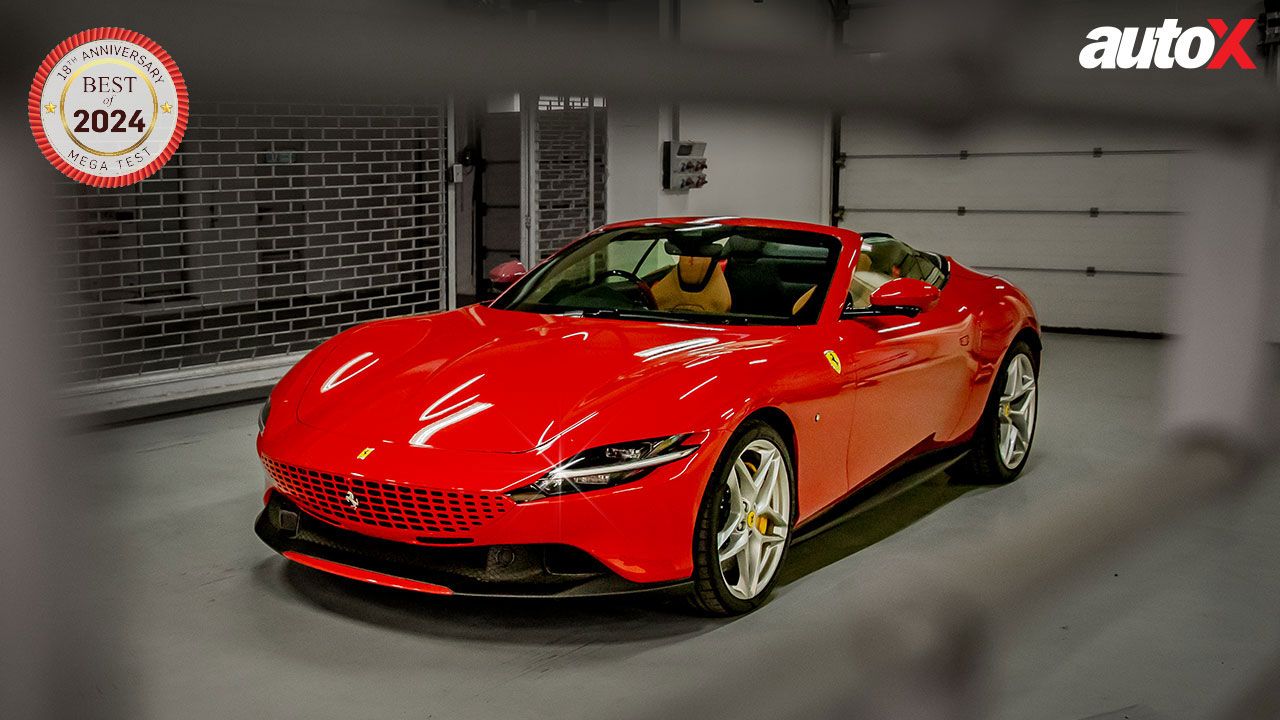
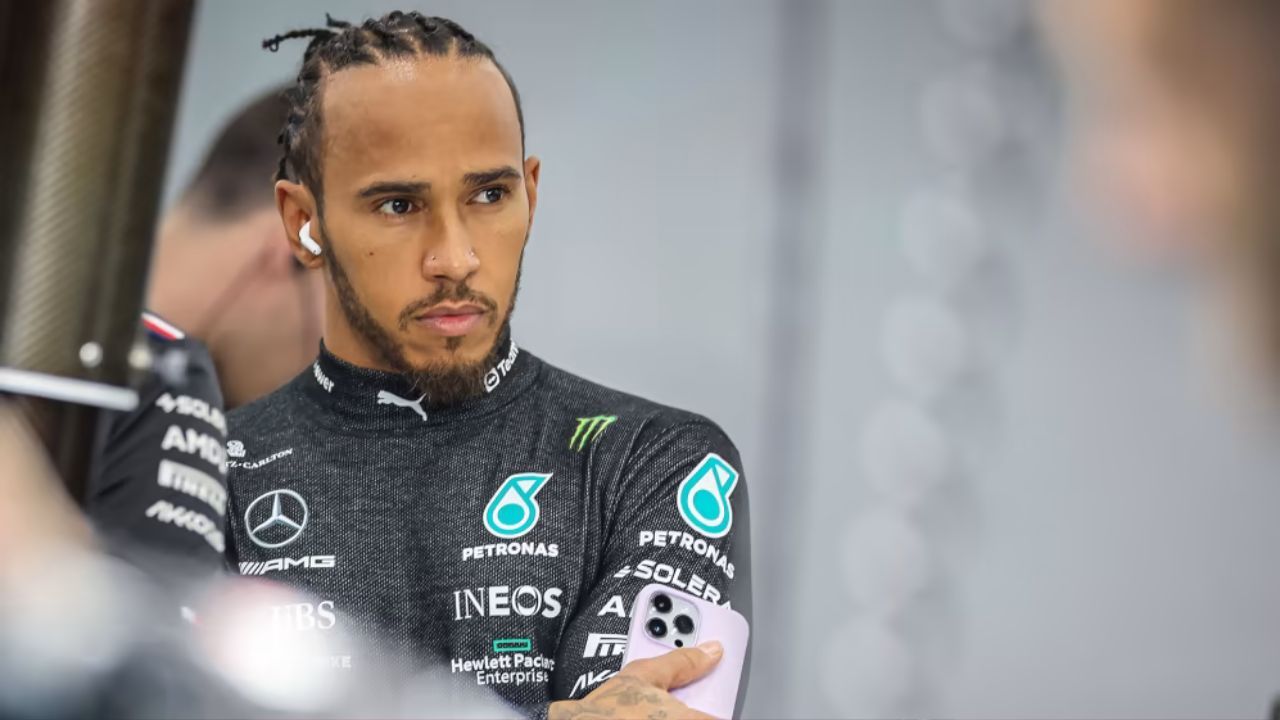
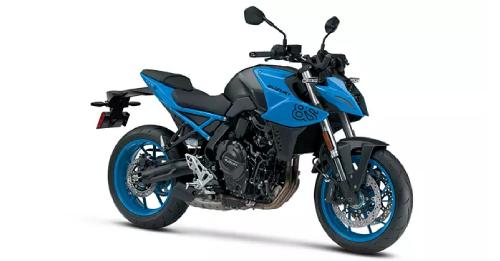
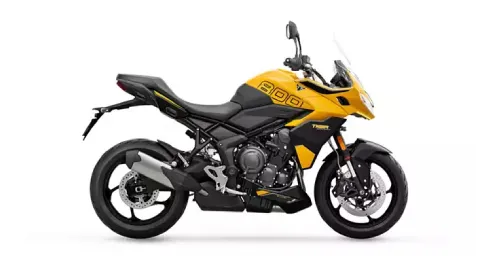
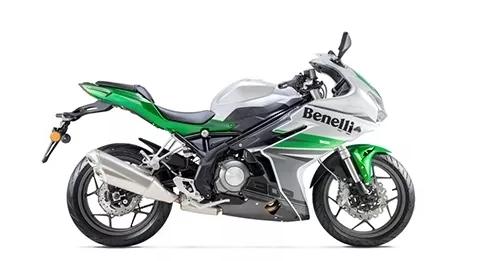
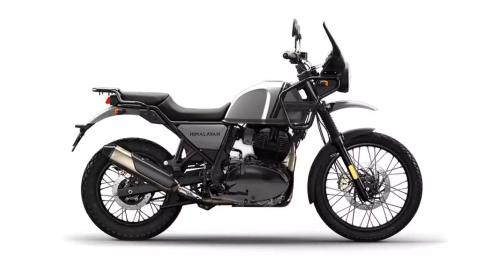
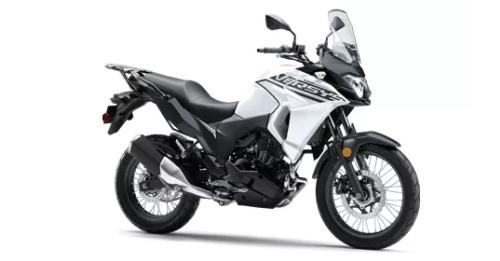
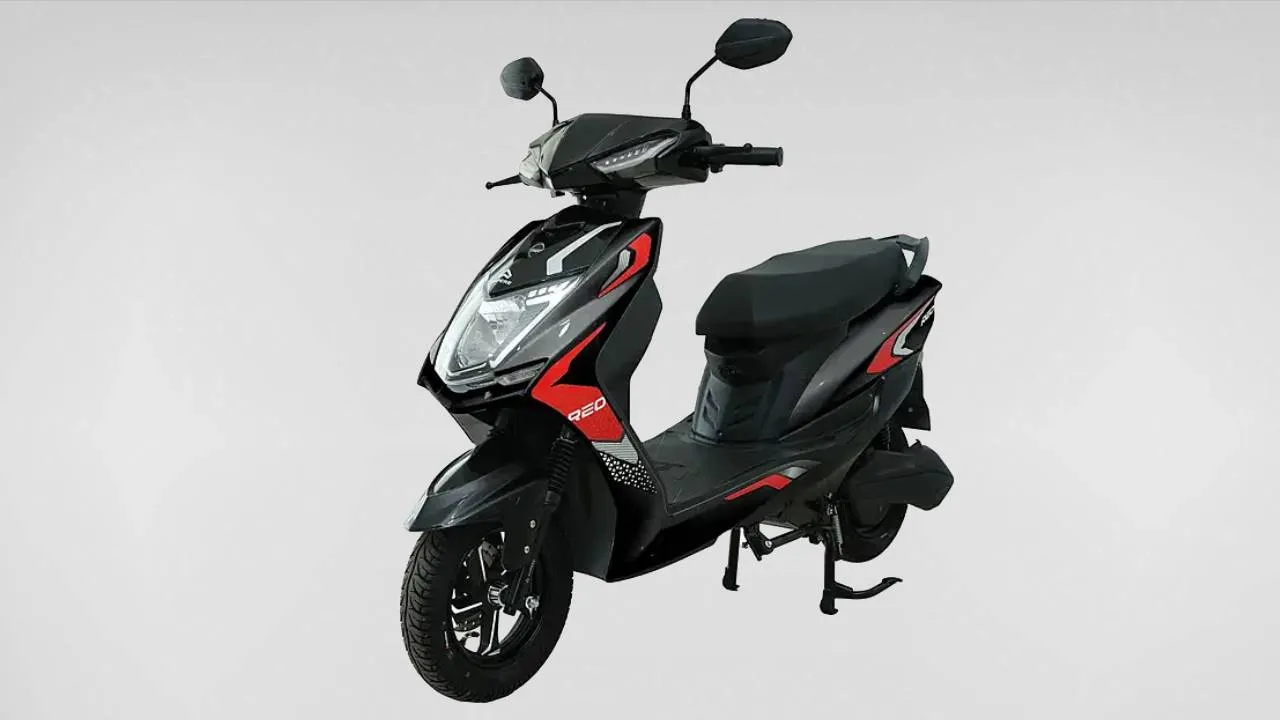
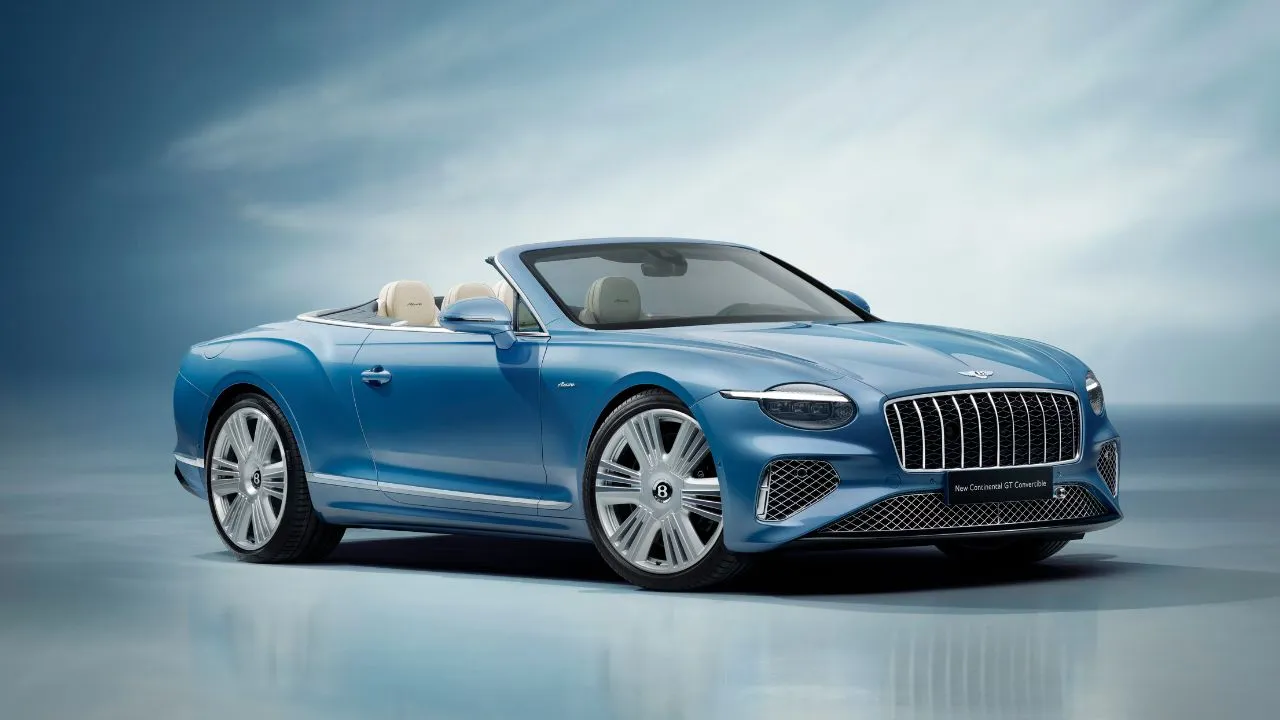
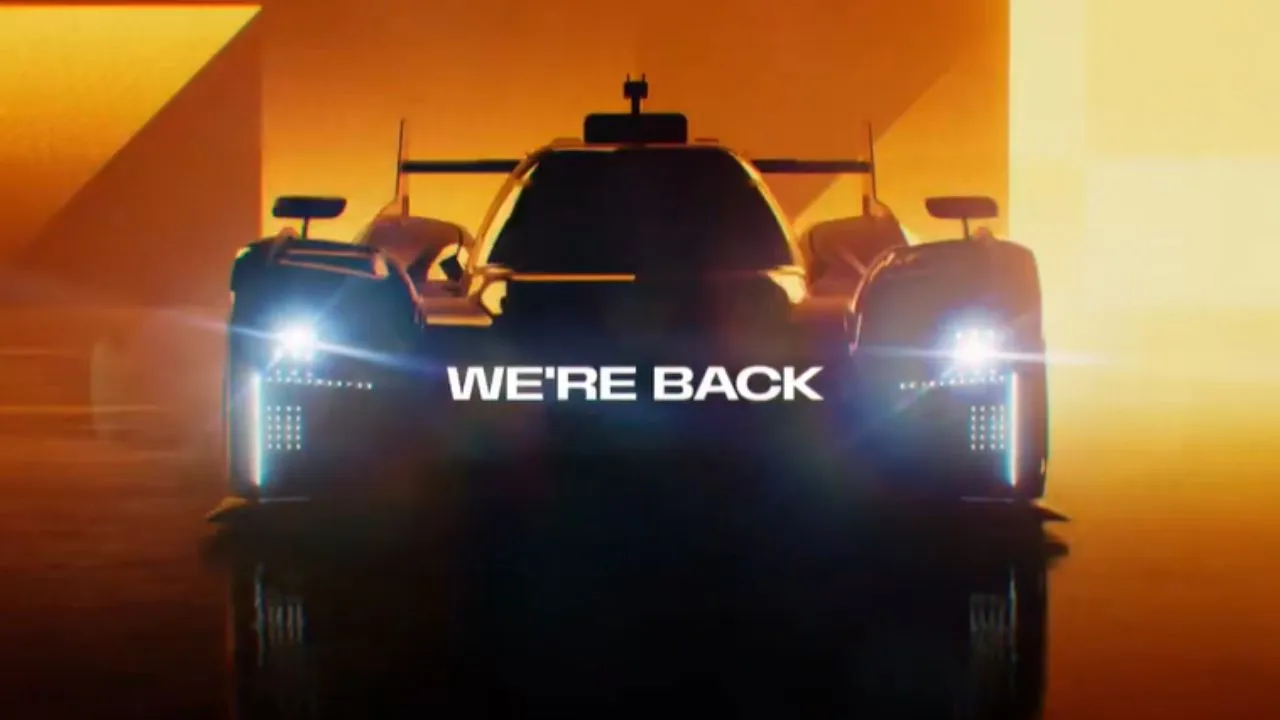
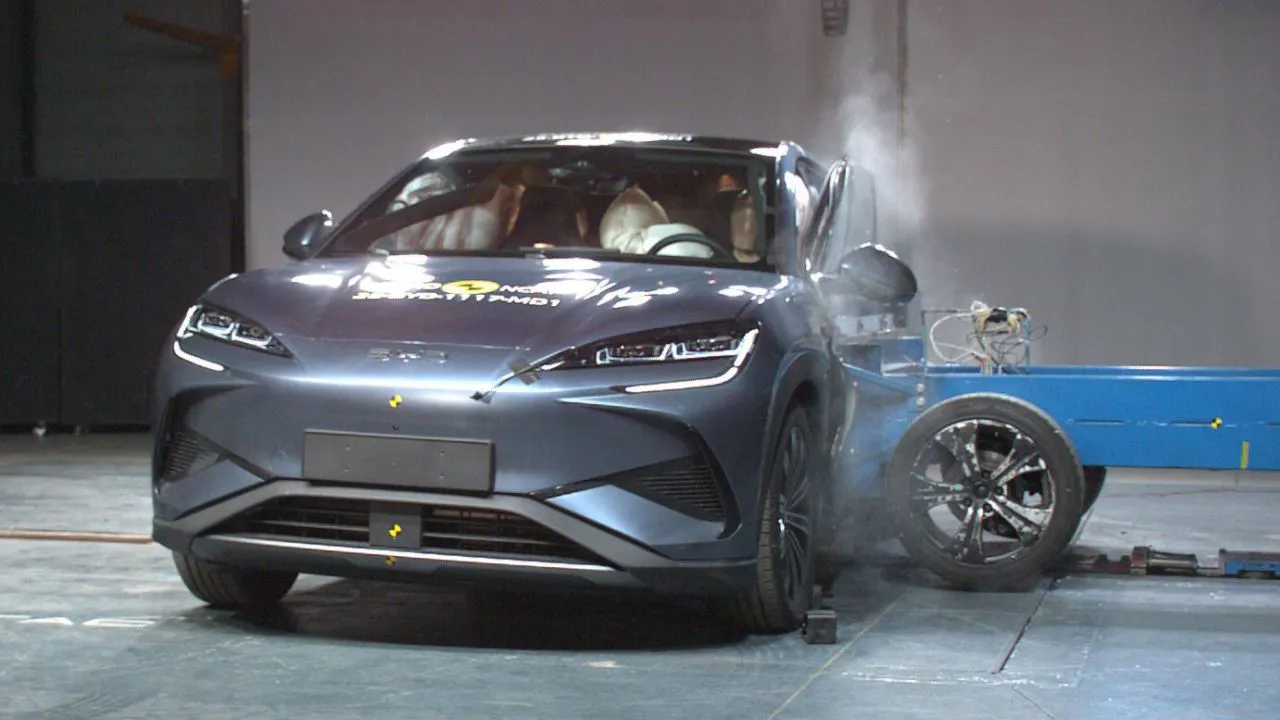
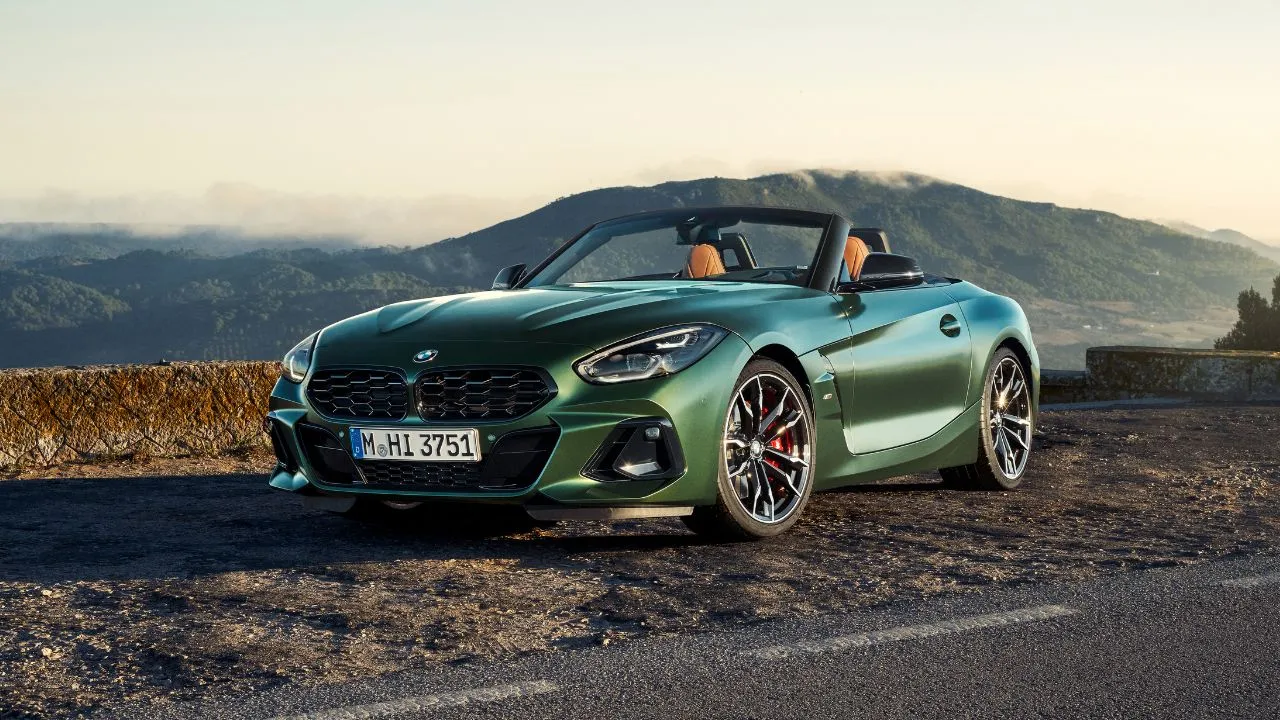





Write your Comment on